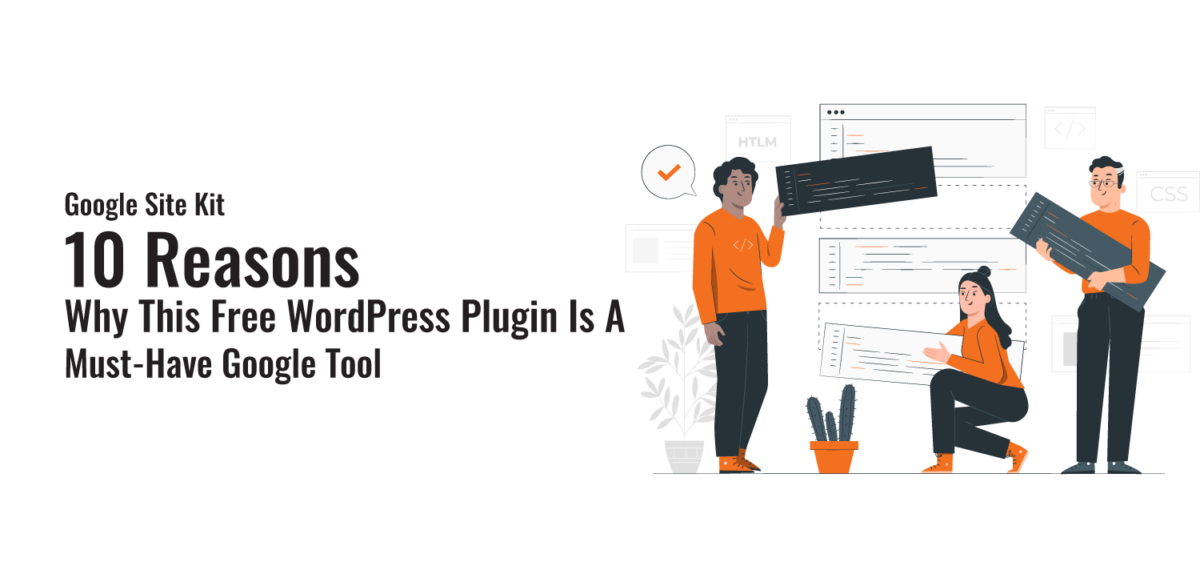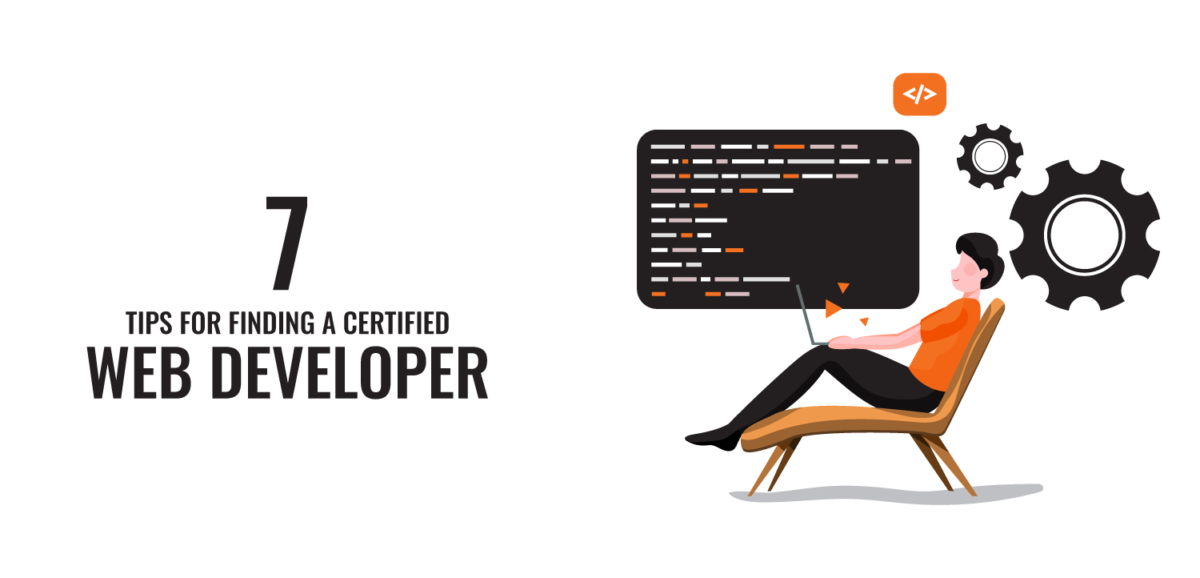If an online business has to pinpoint one single metric that outshines all the others in impact, it will underline the ‘conversion rate’. Conversion & Conversion Centered Design means potential visitors of your site who end up purchasing from your business.
But, how you CONVERT?
Well, there are numerous elements on your site that work together to convert. This includes web design, the content of your site, search engine optimization, and social media. In order to make them work together, you have to get them right.
What is Conversion-Focused Web Design?
Conversion-focused web design is a smart way to make websites that aim to get more users to do what the business wants, like buying things, signing up, or asking questions. It means making the website easy to use and interesting, so people want to take action and help the business achieve its goals.
Conversion-focused Web Design Importance
Conversion-focused web design is important because it helps websites achieve their goals better. Designers understand how users behave and make things like layout, content, and forms better, so visitors find it easier to use the site. This boosts the chances of turning casual visitors into loyal customers.
The role of conversion-focused web design is to match the website’s design and features with the business’s goals. It involves studying user data and feedback to keep the site useful. By focusing on user experience and guiding visitors to take specific actions, conversion-focused web design can greatly improve a website’s performance and help the business succeed.
You can attain excellent results, but first, you need to understand the significance of web design in increasing conversion rates. The guidelines to create good web design haven’t changed, be it a landing page or a large website. Here’s what you need to consider when acquiring web development services to boost conversions:
Conversion Centered Design: Never Ignore Usability
Is your website user-friendly and intuitive? These two are the key design factors that strongly influence conversion. Usability is gauged in terms of the ease with which visitors can do various tasks on your site and the speed with which they can finish them off.
Usability features, however, can vary from the projected utility of a website. An intricate drop-down menu may not be required on a landing page, but it can prove a vital addition on an e-commerce site as it makes navigation easy.
Users form their opinion about the usability of a site in the first few seconds after they land on it. To create a good first impression, online businesses can take design cues from a competitor’s site, their own existing sites, or by conducting tests on various design templates in user groups.
Incorporate Conversion-Centric Design Traits
Certain design traits have a significant impact on conversion. Once you got them right, they will nudge your users to take desired actions. Following are a few conversion-centric design traits that will help you boost your website’s conversion rate.
- Fast Load Time
- Large Headings
- Stick With Design Aesthetics
- Make Your Customers Happy
1: Fast Load Time
Fast load time is essential for the success of any website. Your users don’t like to wait, it annoys them. To keep them on your site for long period, you ensure that the insightful content on your site must load as quickly as possible. To boost your website’s load time, combine style sheets with multiple scripts and opt for CSS instead of buttons, images, background colors, etc. – evade Flash at all cost. Now test the speed of your site and directly gain insights from Google.
2: Use Large Headings
To highlight important elements and or information pieces on your site, use large headings. Also, persist with the same font hierarchy. Since readers derive key indications from it about the significance and nature of the content.
3: Stick With Design Aesthetics
A website is a medium for e-retailers to communicate with their target audience. This communication needs to be pleasant. So your visitors can sense that welcome feel and prolong their stay on your site to explore it thoroughly. You can make this possible by adhering to the design aesthetics.
For example, website visuals and color scheme plays a vital role in purchase decisions. It also affects emotions and increases brand recognition. Images, buttons, text, arrows, white spaces and lines are successfully used in an aesthetic manner to divert users’ attention towards CTA (call to action).
Amazon and eBay serve as leading examples in this regard.
4: Make your Customers Happy
Strive to make your customers happy because a dissatisfied customer shares his or her experience with others and such news always travels fast. To avoid disgrace, you must carefully design your website because a poor layout, difficult navigation, excessive or irrelevant content, too many clicks to gain access or locate a product/service can sabotage your efforts to own a profitable site. More importantly, the cost of fixing these issues is way higher than making them right in the first place.
The Sum Up:
In short, Conversion Centered Design uses specific tricks to encourage website visitors to do what we want. It places compelling “calls-to-action,” makes the website easy to use, and guides users smoothly. Conversion Centered Design focuses on being clear about what the website offers to build trust with the audience and increase conversions.
It’s essential to keep an eye on data and make improvements to succeed with Conversion Centered Design. By using these methods, Conversion Centered Design becomes a powerful tool to achieve the website’s goals and get people to take the desired actions.
 ?>
?>
 ?>
?>
 ?>
?>
 ?>
?>
